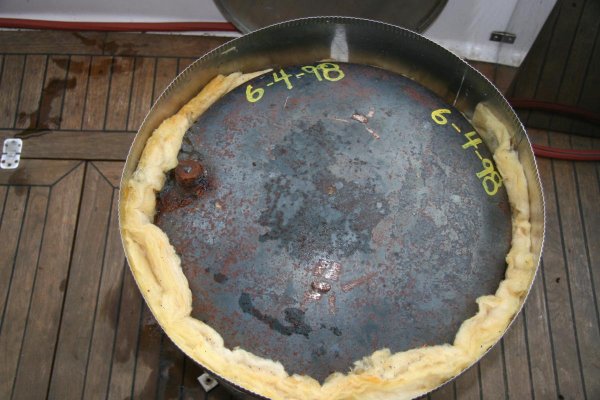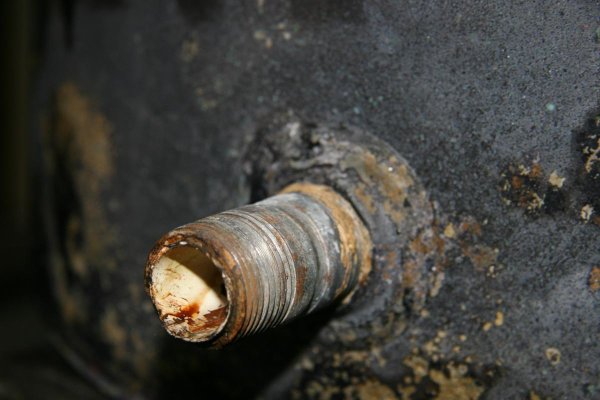- Joined
- Mar 17, 2012
- Messages
- 4,275
- Location
- Australia
- Vessel Name
- Insequent
- Vessel Make
- Ocean Alexander 50 Mk I
So, my Torrid Hot water tank has developed a leak. I have started to remove connections to it and will remove it (hopefully) in the next few days. It was installed then piping and other stuff placed in front of it, so getting it out is going to be a little tricky.
I see in the Torrid literature that they refer to the inner tank as being glass lined and with a non-porous porcelain surface. This does not sound like something that is readily repairable. Of course it might just be a leak around a fitting, and that might well be repairable.
Has anyone disassemble and repaired a Torrid unit?
I see in the Torrid literature that they refer to the inner tank as being glass lined and with a non-porous porcelain surface. This does not sound like something that is readily repairable. Of course it might just be a leak around a fitting, and that might well be repairable.
Has anyone disassemble and repaired a Torrid unit?







